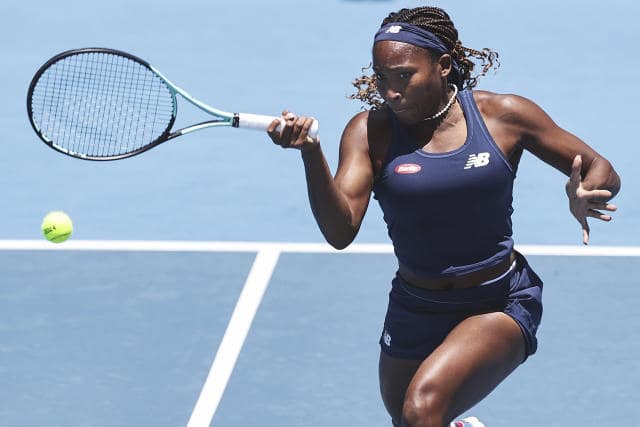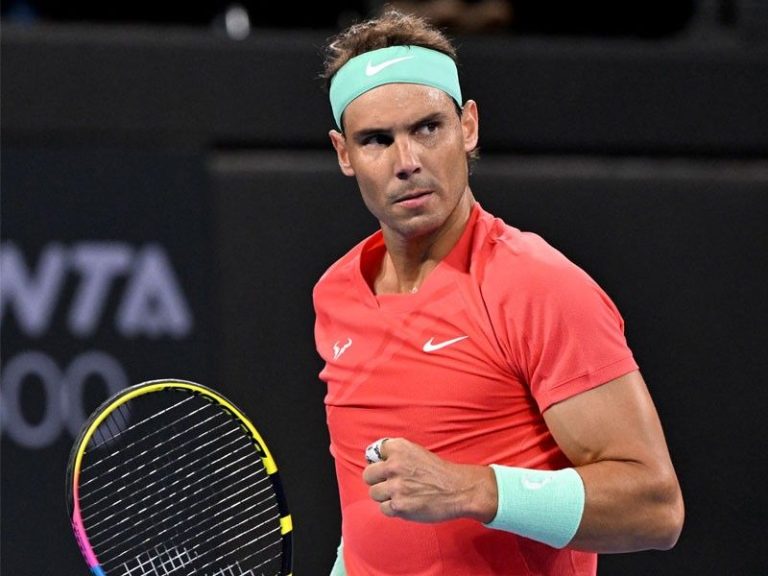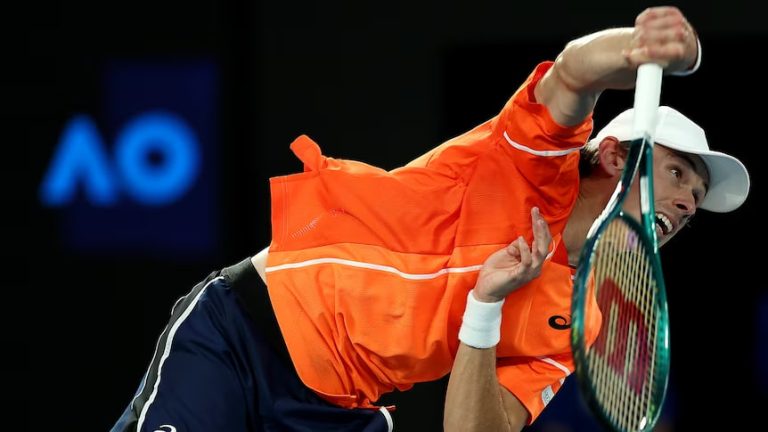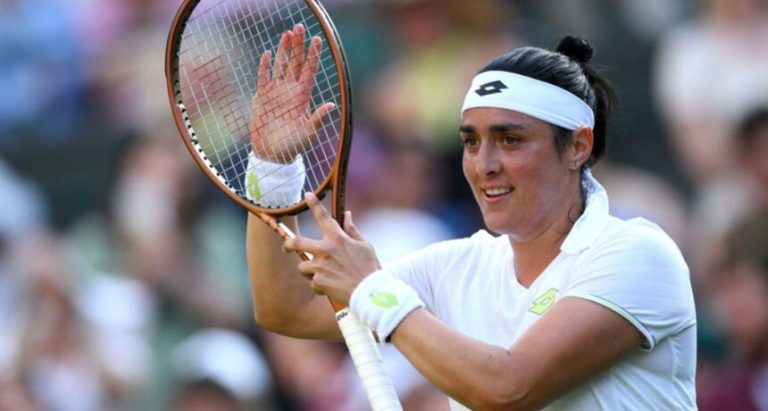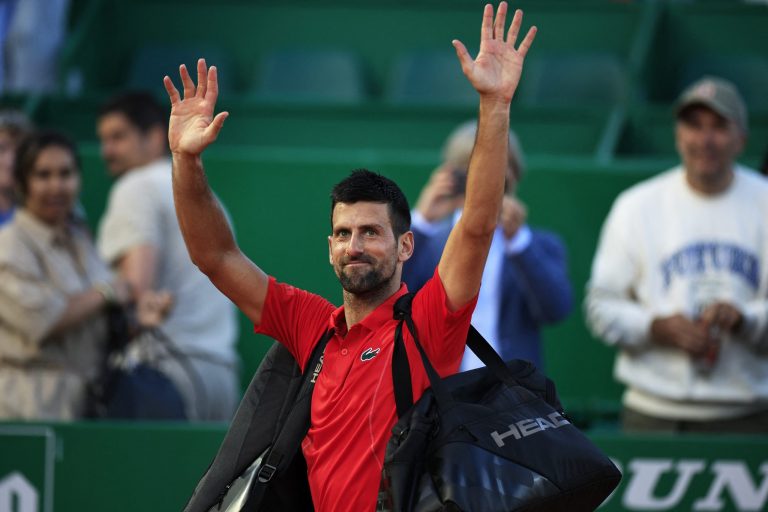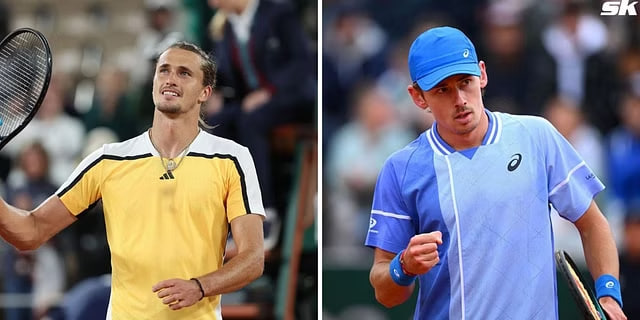Australian Open, former world No. 2 Alex Corretja suggests a shift in Spanish tennis dominance, with Rafael Nadal passing the baton to rising star Carlos Alcaraz
Rafael Nadal has finally returned from his injury, but the emergence of fellow Spaniard Carlos Alcaraz as a rising star in tennis has led former world No. 2 Alex Corretja to believe that Spanish tennis is undergoing a significant shift in leadership. Corretja suggests that Alcaraz’s impressive performances, particularly at the Australian Open, signify a changing of the guard.
Tennis Full Results | Schedule.
During the first week of the Australian Open, Alcaraz showcased his talent by defeating Richard Gasquet and Lorenzo Sonego, securing a spot in the third round where he is set to face China’s Shang Juncheng. In contrast, Nadal faced setbacks in his comeback, missing the year’s first major due to another, albeit less serious, injury.
The narrative portrayed here is one of transition, with Alcaraz potentially stepping into the shoes of Nadal as the new face of Spanish tennis. The dynamic between the veteran Nadal and the emerging talent of Alcaraz adds an intriguing layer to the evolving storyline of Spanish tennis.
Carlos Alcaraz’s performance at the Australian Open stands out as an anomaly in his otherwise impressive record, as the 20-year-old has yet to advance beyond the third round at this particular Grand Slam. In contrast, he has achieved at least semi-final appearances at each of the other three major tournaments in tennis.
Former world No. 2 Alex Corretja, speaking on Eurosport’s The Cube, highlighted Alcaraz’s remarkable success and drew parallels between the young player and tennis legends like Novak Djokovic, Rafael Nadal, and Roger Federer. Corretja acknowledged that Alcaraz’s consistent match victories mirror the patterns of the established tennis greats.
Corretja noted that in Spain, the expectations were historically set high by Rafael Nadal’s achievements, and now with the emergence of Carlos Alcaraz, it appears as though there is a changing of the guard – a transition from one tennis “king” to another. The comparison between Alcaraz and Nadal reflects the ongoing evolution of Spanish tennis and the anticipation surrounding the rise of the new generation led by ‘Carlitos.’
“Yes, we still have Rafa making his comeback, but we are truly fortunate to have Carlitos in the mix. He brings so much emotion into the game, always wearing a smile. He represents a new generation of players who seek immediate success, wanting everything faster. This aligns perfectly with the way Carlitos plays, making his style well-suited to the demands of the modern era.”
Mats Wilander, expressing his thoughts alongside Corretja, openly questioned whether facing Alcaraz is as formidable and challenging as facing Nadal. He mused on the idea that the younger Spaniard’s more “fun” and perhaps less intense approach to the sport might make him a different kind of opponent, possibly less daunting and uphill for his rivals compared to the formidable challenge presented by Nadal.
“I understand your point,” Corretja replied. “In my era, facing players like Pete Sampras, Boris Becker, or Andre Agassi – and I imagine it was the same for you, Mats – felt almost like a curse. There was a tremendous amount of respect because you had watched them on TV and admired their game.”
“[Facing Alcaraz] feels more like playing against a friend, almost like a practice match where you think, ‘Okay, let’s play.’ There isn’t that same level of fear. But at the same time, he’s demonstrating that he doesn’t stress about the same things we used to be concerned about. He approaches the game in a more relaxed manner, and it’s refreshing to see that they are enjoying themselves.”
“I don’t know how they manage it because we were more focused on the challenges and less on enjoying the game. They seem to just play tennis without caring about results, history, or the concerns that used to bother the older generation. It’s quite nice to see; you don’t want to witness players struggling on the court or appearing anxious.”
While Carlos Alcaraz may not have been in absolute top form in Melbourne so far, Corretja believes there might be a strategic plan in place to peak later in the tournament. “He needed to face a tough first set against Gasquet. I don’t think he was flat; it seemed like he was uncomfortable on the court against Sonego,” Corretja explained. “He needed to engage in rallies, lose a set, maybe drop a break, and then you feel much better. It’s a gradual progression, and that’s what Carlitos needed. He didn’t participate in any tournaments before the Australian Open.”


